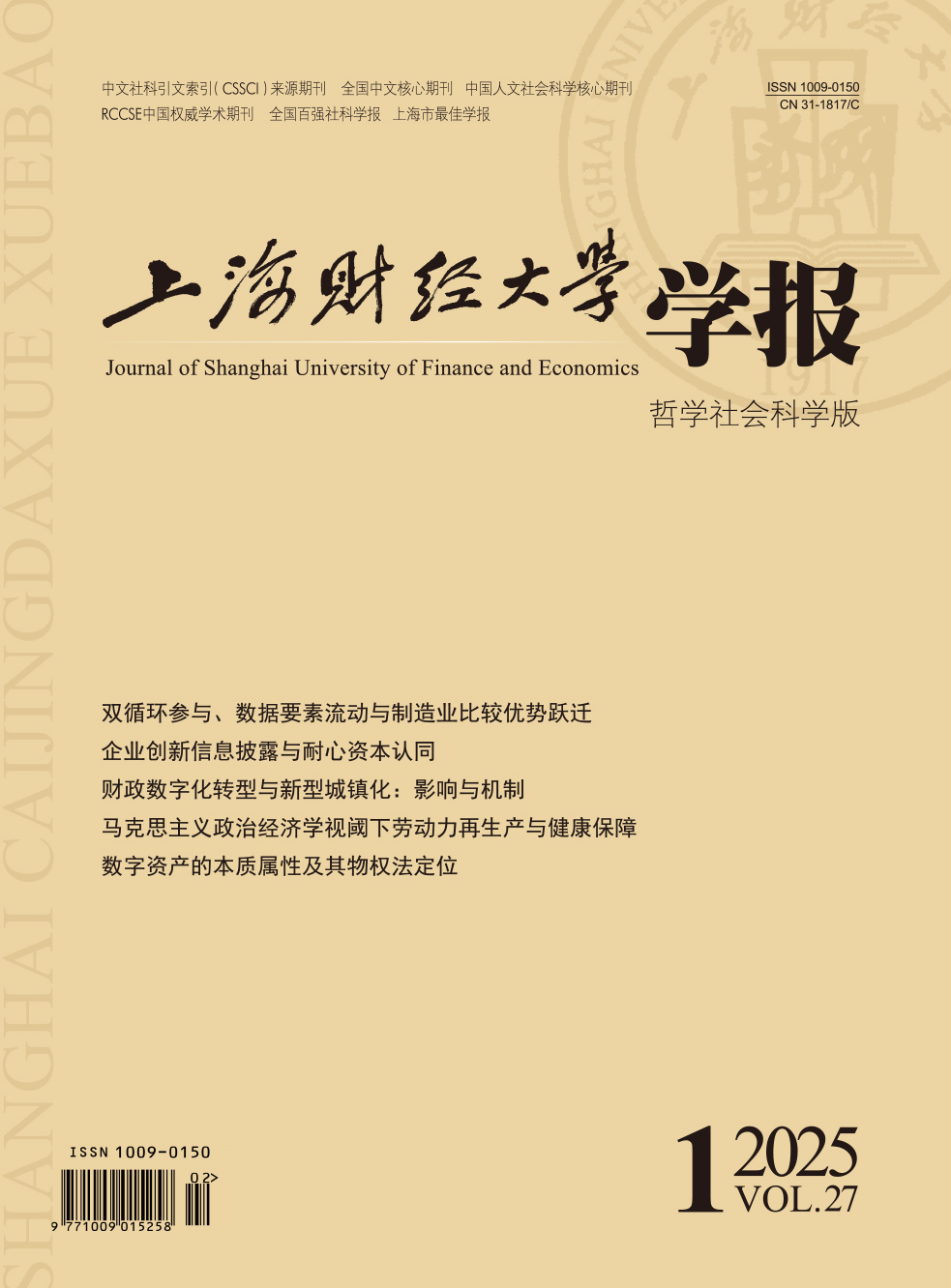Patient capital is an investment approach that emphasizes long-term holdings and sustained returns. Its core philosophy is to maintain patience, adhere to long-term investments, and anticipate continuous growth in corporate value. The innovation capability of an enterprise is a crucial indicator of its sustainable development. However, innovation is a long-term and risky investment activity with high information asymmetry, and it is difficult to accurately reflect the investment value of enterprises. Therefore, it is of great significance to explore how to effectively mitigate the information asymmetry of innovation and thus attract more patient capital investment for the sustainable development of enterprises. The long-termism advocated by patient capital complements the investment philosophy of long-term institutional investors. Based on the data of listed companies’ innovation text information, this paper examines the impact of enterprise innovation information disclosure on patient capital recognition from the perspective of institutional investor structure. It is found that innovation information disclosure can gain patient capital recognition by optimizing the information environment effect and enhancing the risk-sharing effect, which shows that the proportion of long-term institutional investors’ holdings increases significantly. In enterprise groups with a better external information environment, a higher internal governance level, a longer-term decision-making perspective of management, and more abundant innovation endowment, the role of innovation information disclosure in patient capital recognition is more significant. In addition, compared with the trading and pressure-sensitive institutional investors, innovation information disclosure is more conducive to the recognition of stable and pressure-resistant institutional investors. This paper is helpful to understand the internal relationship between enterprise information disclosure and institutional investor structure, and provides theoretical reference for enterprises to formulate innovation information disclosure strategies and introduce more long-term patient capital.
 / Journals / Journal of Shanghai University of Finance and Economics
/ Journals / Journal of Shanghai University of Finance and EconomicsJournal of Shanghai University of Finance and Economics
LiuYuanchun, Editor-in-Chief
ZhengChunrong, Vice Executive Editor-in-Chief
GuoChanglin YanJinqiang WangWenbin WuWenfang, Vice Editor-in-Chief
Enterprise Innovation Information Disclosure and Patient Capital Recognition: Empirical Evidence Based on Institutional Investor Structure
Journal of Shanghai University of Finance and Economics Vol. 27, Issue 01, pp. 31 - 46 (2025) DOI:10.16538/j.cnki.jsufe.2025.01.003
Summary
References
Summary
Cite this article
Zhang Yue, Wang Shun, Zhou Zejiang. Enterprise Innovation Information Disclosure and Patient Capital Recognition: Empirical Evidence Based on Institutional Investor Structure[J]. Journal of Shanghai University of Finance and Economics, 2025, 27(1): 31-46.
Export Citations as:
For




 141
141  147
147
